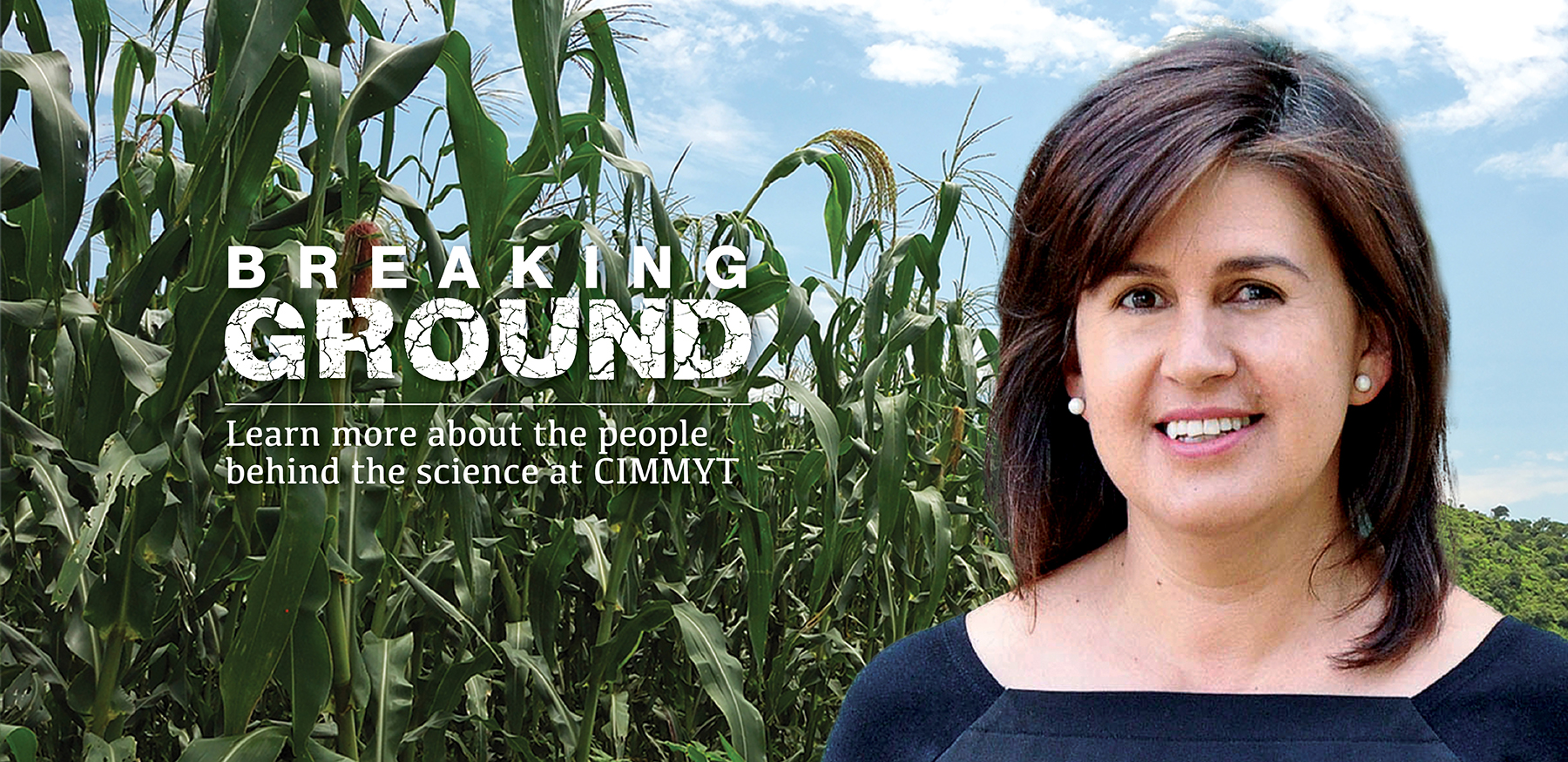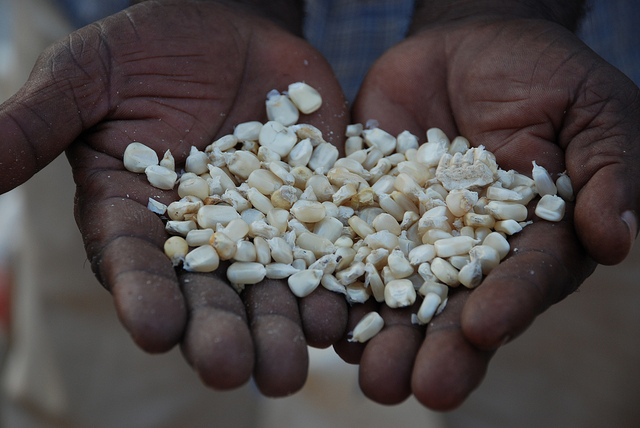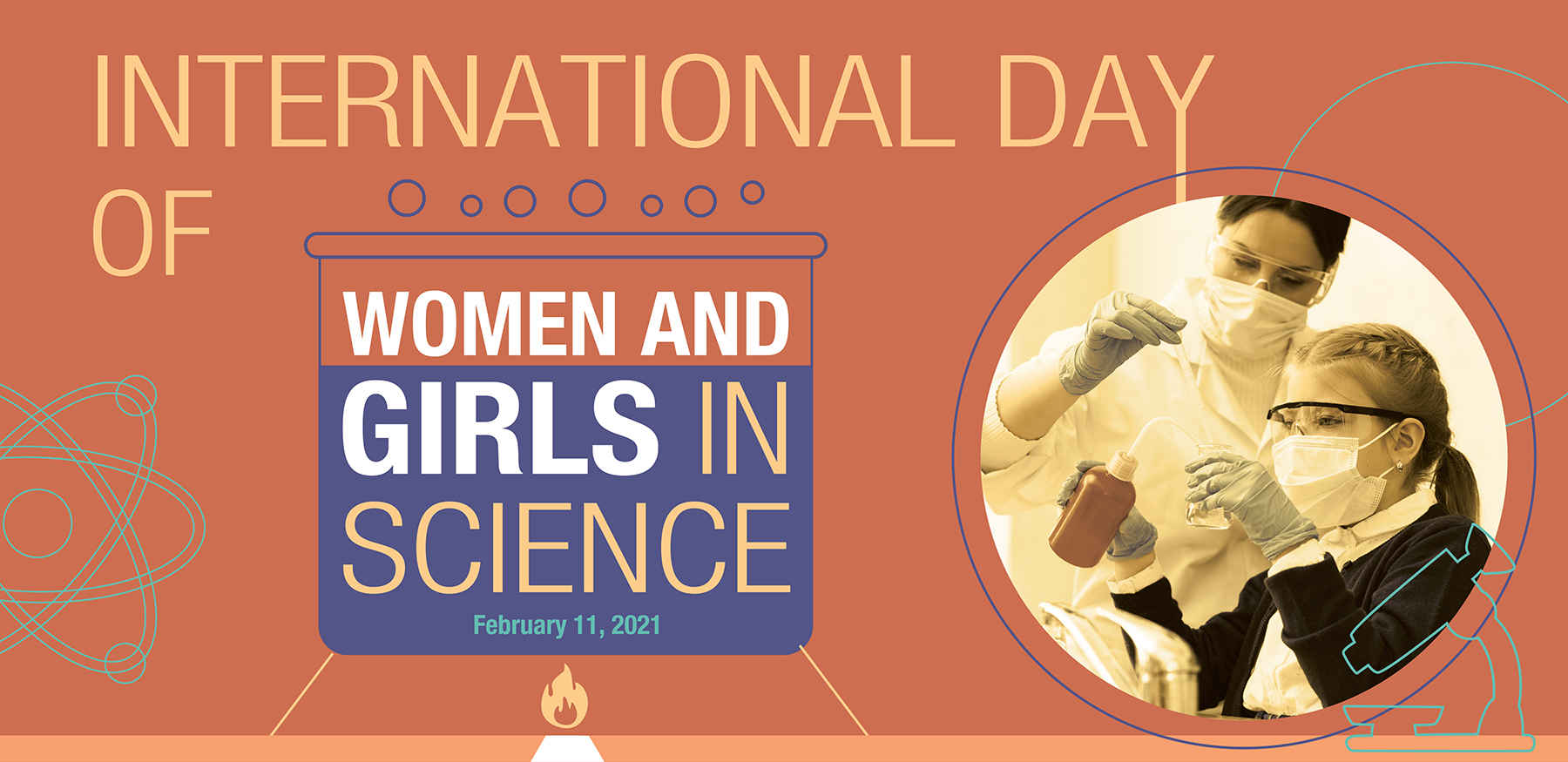It is no secret that Africa is urbanizing at breakneck speed. Consider Lagos. In 1950 the Nigerian city boasted a population of a few hundred thousand. Today that number has soared to around 14 million. It is estimated that by 2025 half of Africa’s population will live in urban areas.
This demographic transformation has had dramatic consequences for human health and nutrition. Urban dwellers are far more likely to rely on cheap highly-processed foods, which are shelf-stable but poor on nutrients.
These statistics, presented by moderator Betty Kibaara, Director of the Food Initiative at The Rockefeller Foundation, framed the 2020 African Green Revolution Forum’s policy symposium on “Advancing Gender and Nutrition.” The forum comprised two tracks. One focused on addressing the needs of nutritionally vulnerable urban consumers, particularly women; the other on gender-based financing in the African agri-food system
Speaking in the first track, Natalia Palacios, maize quality specialist at the International Maize and Wheat Improvement Center (CIMMYT), underlined the enormity of the challenge. “We need to provide affordable, nutritious diets … within planetary boundaries,” she said.
Many of the panelists pointed out further dimensions of the challenge — from evidence deficits around the continent’s urban populations to the amplifying effects of the COVID-19 crisis. Palacios stressed that the bedrock of any response must be effective partnerships between governments, companies and non-profit actors working in this area.
“The really important thing is to start working together,” she said, “to start developing the strategies together instead of providing things or demanding things.” Speaking to the role of organizations like CIMMYT, Palacios highlighted the need to work closely with the private sector to understand the demand for agricultural raw materials that can be converted into nutritious diets.
Rich nutrition within reach
Palacios’ most recent research efforts focus on precisely this question. She and a team of researchers, including CIMMYT senior scientist Santiago Lopez-Ridaura, explored how various innovations in maize production have improved the macro- and micro-nutrient content of the grain and led to healthier maize-based agri-food systems.
This is significant because for millions of the estimated 2 billion people globally who suffer from “hidden hunger” a more diversified diet rich in costly, perishable, nutrient-dense foods is not economically feasible. In low- and middle-income countries across Africa, Asia and Latin America, it estimated that rice, maize and wheat account for 55 to 70% of calories.
CIMMYT, HarvestPlus and the International Institute of Tropical Agriculture (IITA), together with several stakeholders, have been deeply involved in work to improve the nutritional quality of staple-dependent food systems. In partnership with a broad network of national and private-sector partners, they have released over 60 improved maize and wheat varieties fortified with zinc or provitamin A in 19 countries.
Cover photo: Unlike white maize varieties, vitamin A maize is rich in beta-carotene, giving it a distinctive orange color. This biofortified variety provides consumers with up to 40% of their daily vitamin A needs. (Photo: HarvestPlus/Joslin Isaacson)

 Nutrition, health and food security
Nutrition, health and food security 
